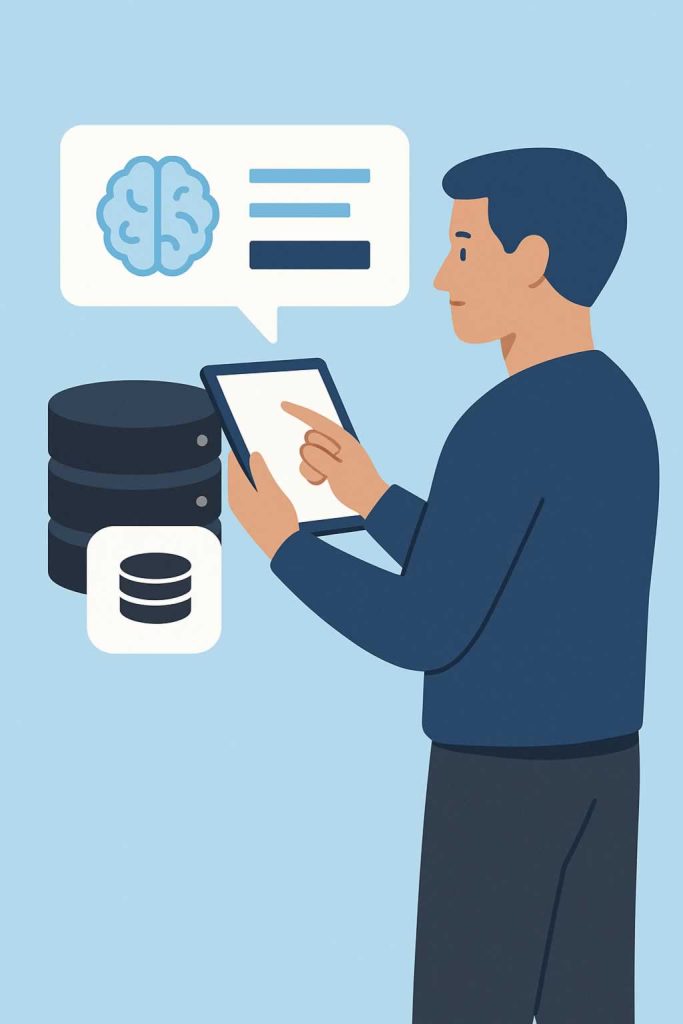

Storing AI model responses is a key part of building reliable and scalable systems. It allows us to track interactions, audit decisions, analyze usage, and reuse valuable outputs. At AEHEA, we treat response storage as a strategic layer in every AI workflow. Whether the model is powering a chatbot, generating content, or analyzing documents, capturing its output ensures we can measure performance, maintain accountability, and create feedback loops for future improvement.
The most common approach is to store responses in a database. We use platforms like PostgreSQL, MySQL, MongoDB, or even Google Sheets for lighter applications. In each case, we design a table or structure to hold the prompt, the model’s response, a timestamp, user identifiers, and any metadata such as model version or response confidence. This format allows us to query responses later, compare versions, or trace back how and why a specific decision was made. It also supports dashboards and analytics systems built on top of the stored data.
For simpler or low-volume applications, storing responses in flat files such as CSV, JSON, or Markdown files can be enough. We use this method when logging content for training data, journaling chatbot sessions, or exporting records from internal testing. These files can be saved to cloud storage platforms like AWS S3, Google Drive, or Dropbox, and indexed for later retrieval. We often set up scheduled workflows in n8n to archive and organize these logs as part of an automated pipeline.
At AEHEA, we also integrate storage into our AI workflows in real time. Using tools like n8n or Zapier, we capture model responses and push them directly into Airtable, Notion, or custom CRMs as soon as they are generated. This makes AI outputs immediately usable across teams from customer support to marketing. Storing AI responses is not just about saving data. It is about creating continuity and control across systems so that the insights AI delivers do not disappear once the session ends.
